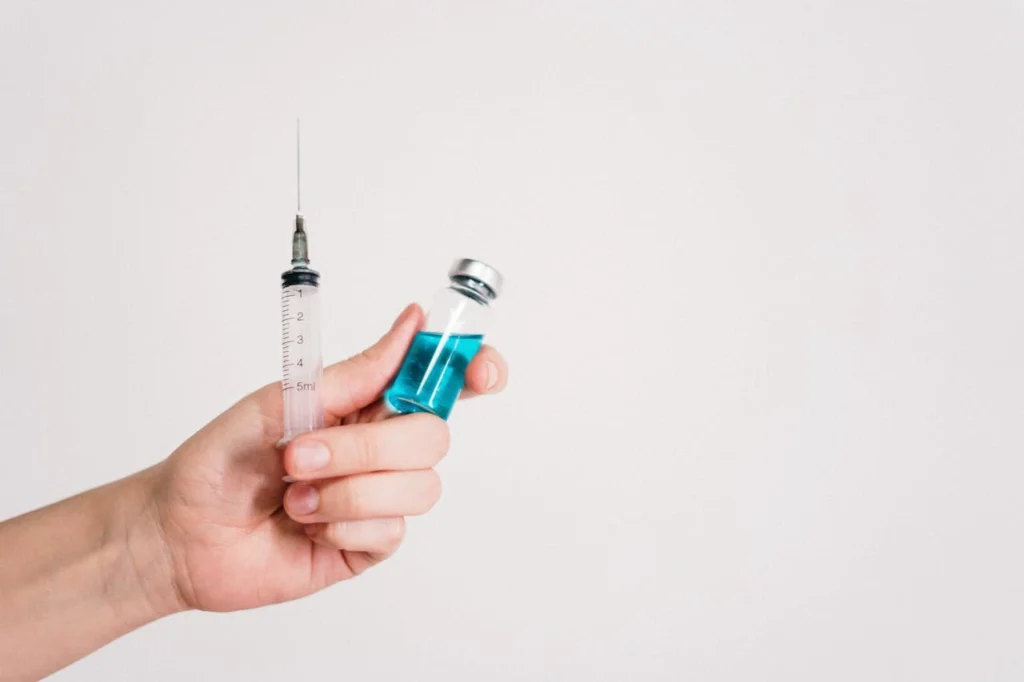Takeda Announces HYQVIA® 10% Injection Approval in Japan for Agammaglobulinemia
Takeda (TSE:4502/NYSE:TAK) has announced that the Japanese Ministry of Health, Labour and Welfare has approved HYQVIA® [Immune Globulin Infusion 10% (Human) with Recombinant Human Hyaluronidase] for the treatment of patients with agammaglobulinemia or hypogammaglobulinemia. These disorders, which result in very low or absent levels of antibodies, increase the risk of severe and recurring infections. This approval introduces the first and only facilitated subcutaneous immunoglobulin (fSCIG) therapy for patients with these conditions in Japan.

HYQVIA is the first plasma-derived therapy for subcutaneous injection in Japan, combining Immunoglobulin 10% with Recombinant Human Hyaluronidase PH20 (rHuPH20). The rHuPH20 component enhances the dispersion and absorption of immunoglobulin (IG) in the subcutaneous tissue, allowing for larger volumes to be infused at the same site. This process enables less frequent dosing compared to other subcutaneous immunoglobulin (SCIG) treatments, eliminating the need for venous access.
As a result, patients with agammaglobulinemia or hypogammaglobulinemia will benefit from reduced dosing frequency, typically administered once every 3 to 4 weeks, compared to the weekly or bi-weekly dosing required by conventional SCIG treatments.
The approval is based on data from two pivotal Phase 3, open-label, non-controlled studies evaluating HYQVIA’s efficacy, safety, tolerability, and pharmacokinetics in Japanese patients with primary immunodeficiency (PID). The studies, which involved 16 patients aged 2 years or older, showed that the Geo Mean of IgG trough levels at the last three visits was 9.494g/L, comparable to the levels achieved with intravenous or subcutaneous immunoglobulin treatments (Geo Mean of 9.624g/L).
The most common adverse reactions were pyrexia (31.3%) and infusion-related side effects such as erythema, swelling, pain, and headache (12.5%). Data from similar Phase 3 studies conducted in North America were also included in the approval submission.
Naoyoshi Hirota, Takeda’s Regional Head of Research & Development for Plasma-Derived Therapies in Japan, expressed enthusiasm over the approval, saying, “HYQVIA has now been approved in more than 40 countries globally, and we are thrilled to offer this innovative therapy to patients in Japan. The current subcutaneous IG therapies require infusion every week or two weeks, and we are proud to introduce the first facilitated subcutaneous treatment in Japan with a reduced dosing frequency of every 3 or 4 weeks.”
Kristina Allikmets, head of Takeda’s Plasma-Derived Therapies Business Unit, also highlighted the high unmet need for plasma-derived therapies (PDTs) in Japan. She noted, “As education and diagnosis rates continue to improve, we anticipate an increased demand for these therapies. The approval of HYQVIA marks a significant step in Takeda’s commitment to improving the standard of care for patients with agammaglobulinemia and hypogammaglobulinemia in Japan.”
The approval of HYQVIA also expands Takeda’s portfolio of subcutaneous immunoglobulin therapies for Japanese patients, providing a broader range of treatment options based on individual needs. This approval follows Takeda’s recent announcement of a major investment in a new manufacturing facility for plasma-derived therapies in Osaka, Japan.
About Agammaglobulinemia and Hypogammaglobulinemia
Agammaglobulinemia is a genetic disorder that prevents the normal development of immune cells called B lymphocytes, leading to an absence of antibodies. Hypogammaglobulinemia refers to abnormally low antibody levels due to genetic conditions or secondary factors, such as chemotherapy or certain medications. Both conditions result in recurring and severe infections, making immunoglobulin replacement therapy necessary to restore immune function.
About Primary Immunodeficiency and Secondary Immunodeficiency
Primary immunodeficiency (PID) is a group of over 480 rare genetic diseases where part of the immune system is missing or dysfunctional. Secondary immunodeficiency (SID) occurs when the immune system is impaired due to external factors such as infections, medications, or trauma. Both conditions leave patients more vulnerable to infections, with immunoglobulin replacement therapy providing essential support to enhance immune function and prevent infections.
About HYQVIA®
HYQVIA is a combination product containing Immunoglobulin 10% (SCIG10%) and Recombinant Human Hyaluronidase PH20 (rHuPH20) for subcutaneous injection. It has been approved in over 40 countries worldwide and provides a convenient and effective treatment option for patients with agammaglobulinemia or hypogammaglobulinemia.
HYQVIA Product Overview in Japan
- Brand Name: HYQVIA 10% Subcutaneous Injection Set
- Generic Name: pH4 Treated Acid Human Globulin (Subcutaneous Injection), Vorhyaluronidase Alfa (Genetical Recombination)
- Indications: Agammaglobulinemia or Hypogammaglobulinemia
- Dosage and Administration: Typically, 150-600 mg/kg of body weight of Immunoglobulin G is administered once every 3 weeks or 200-800 mg/kg once every 4 weeks, alongside 80 units of recombinant human hyaluronidase per 1g of immunoglobulin.
About Takeda
Takeda is a global leader in developing life-changing treatments in various therapeutic areas, including rare diseases, gastrointestinal and inflammation, oncology, and plasma-derived therapies. Guided by its commitment to patients, Takeda continues to innovate and expand treatment options, ensuring better health for people worldwide.
Please find the related post





